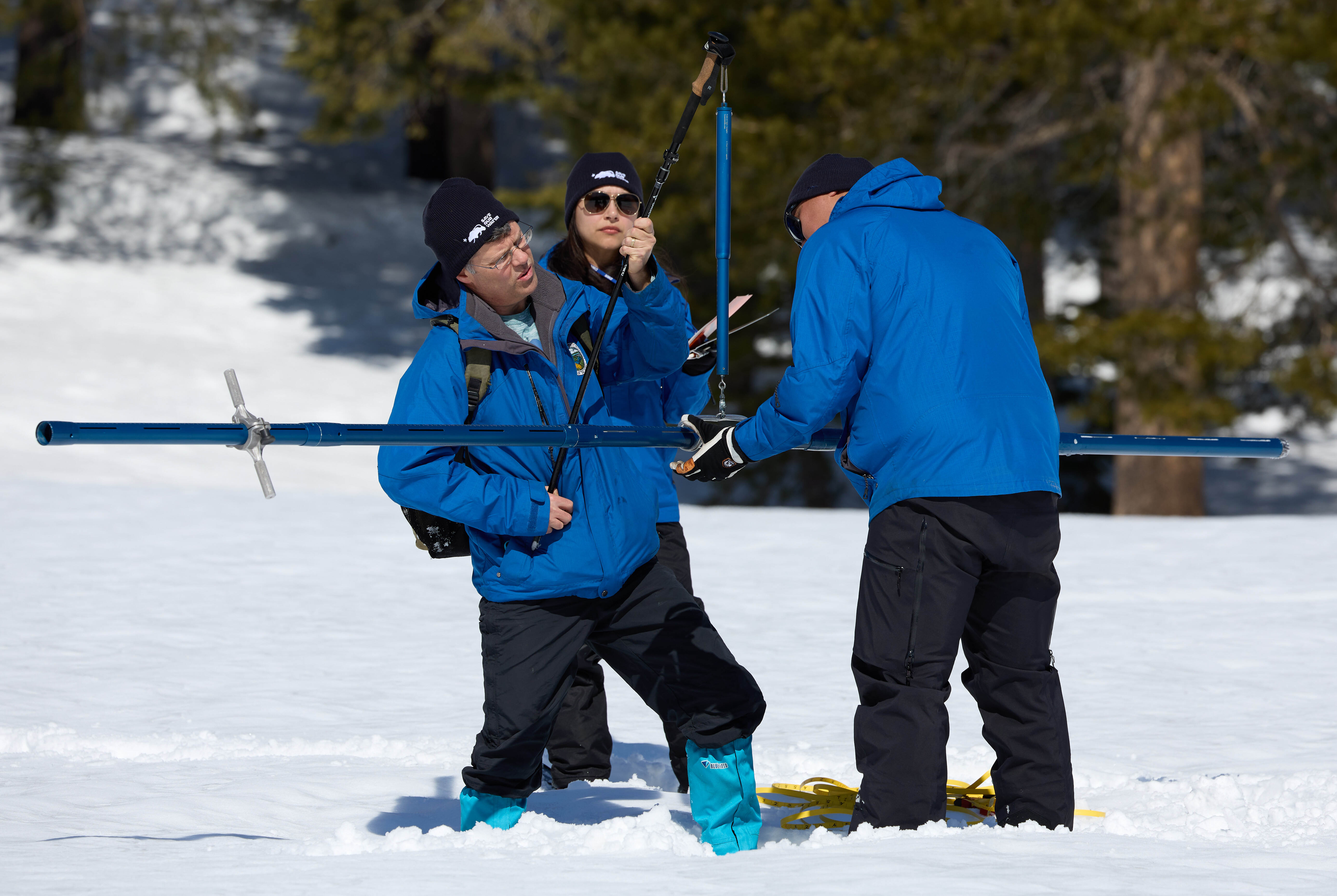California’s First Snowpack Yields Underwhelming Results

The California Department of Water Resources conducted its first snow survey of the season with underwhelming results.
The Snow Station was conducted at Phillips Station, just south of Lake Tahoe, and recorded only 7½ inches of snow depth and 3 inches of snow water.
Will There Be a Snow Drought?
The first snow season at Phillips Station is around 30% of the average, far less than last year. In 2023, the snow survey manager stated he was standing on almost 6 feet of snow and 17½ inches of snow water.
Across California, the snowpack and the snow water are 25% of the average. In comparison, last year’s snow water was 185% of the average.
While the results pale compared to years past, it is still early, and California awaits over 75% of the upcoming snow season.
Although it is uncertain whether there will be a snow drought, climate scientists are alarmed at the near-record low snowfall results for early January.
What is the Reason for the Low Snowpack?
California experienced rainfall all across the state in December, particularly in the coastal region. However, the state’s interior regions did not see much of this participation.
Thus, one of the primary reasons for the lack of snowfall is due to warmer temperatures leading to more rain and less snow. As a result, reservoir levels have risen to 64% capacity, nearly 10% higher than the 30-year December average.
Despite higher reservoir levels, a low snowpack is worrisome for the state. In the late spring and summer months, California often depends on snowmelt for a third of the state’s water supply.
California updates snowpack levels monthly, and we’ll keep you posted on a potential snow drought.
Until then, keep up with BOMA on the Frontline for the latest news in the Greater Los Angeles area.

